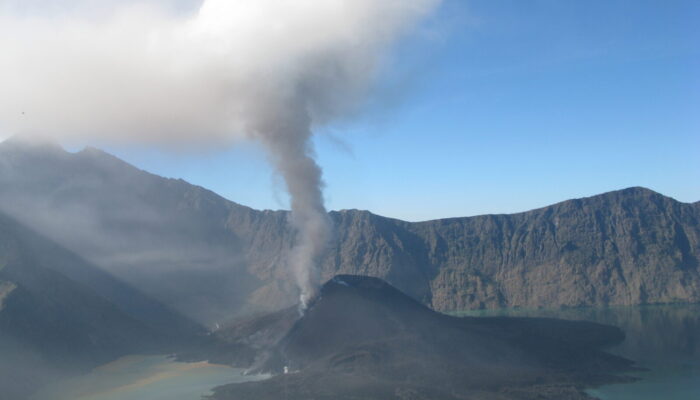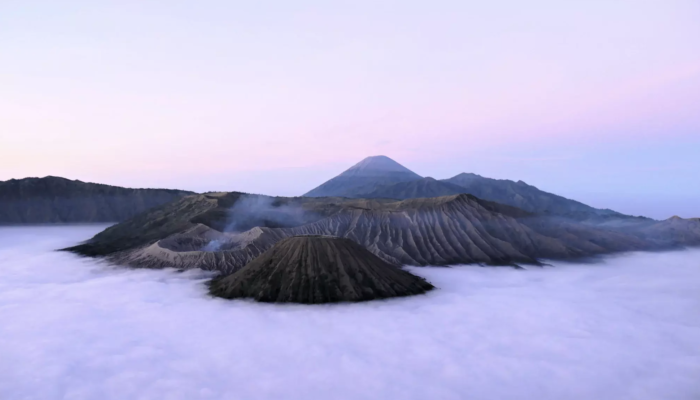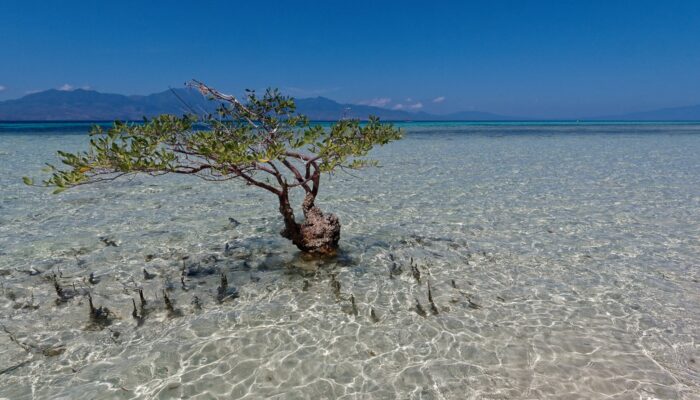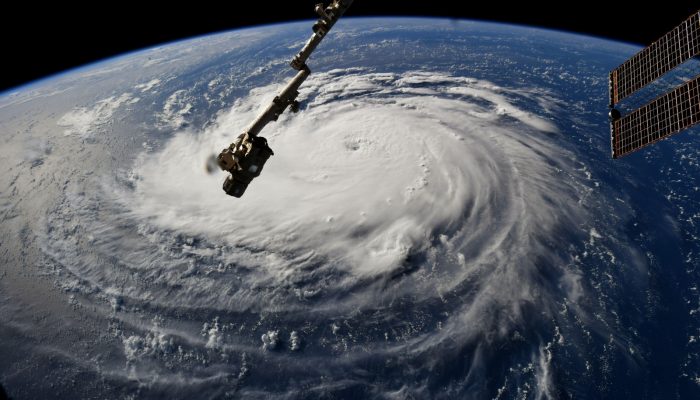This Halloween, we turn our gaze from fictional haunts to the chilling, rigorous world of paleoclimatology. The paper by Hartmann et al. (2025), published on Climate of the Past, focuses on the implementation of external forcings in a regional climate model around the 1257 CE Samalas volcanic eruption. This paper can be quite the unsettling investigation, since it treats the Earth itself as a time ...[Read More]
The spectral shadow of Samalas: When climate models conjure the Earth’s forgotten fury




